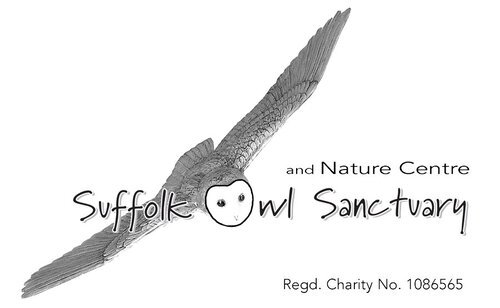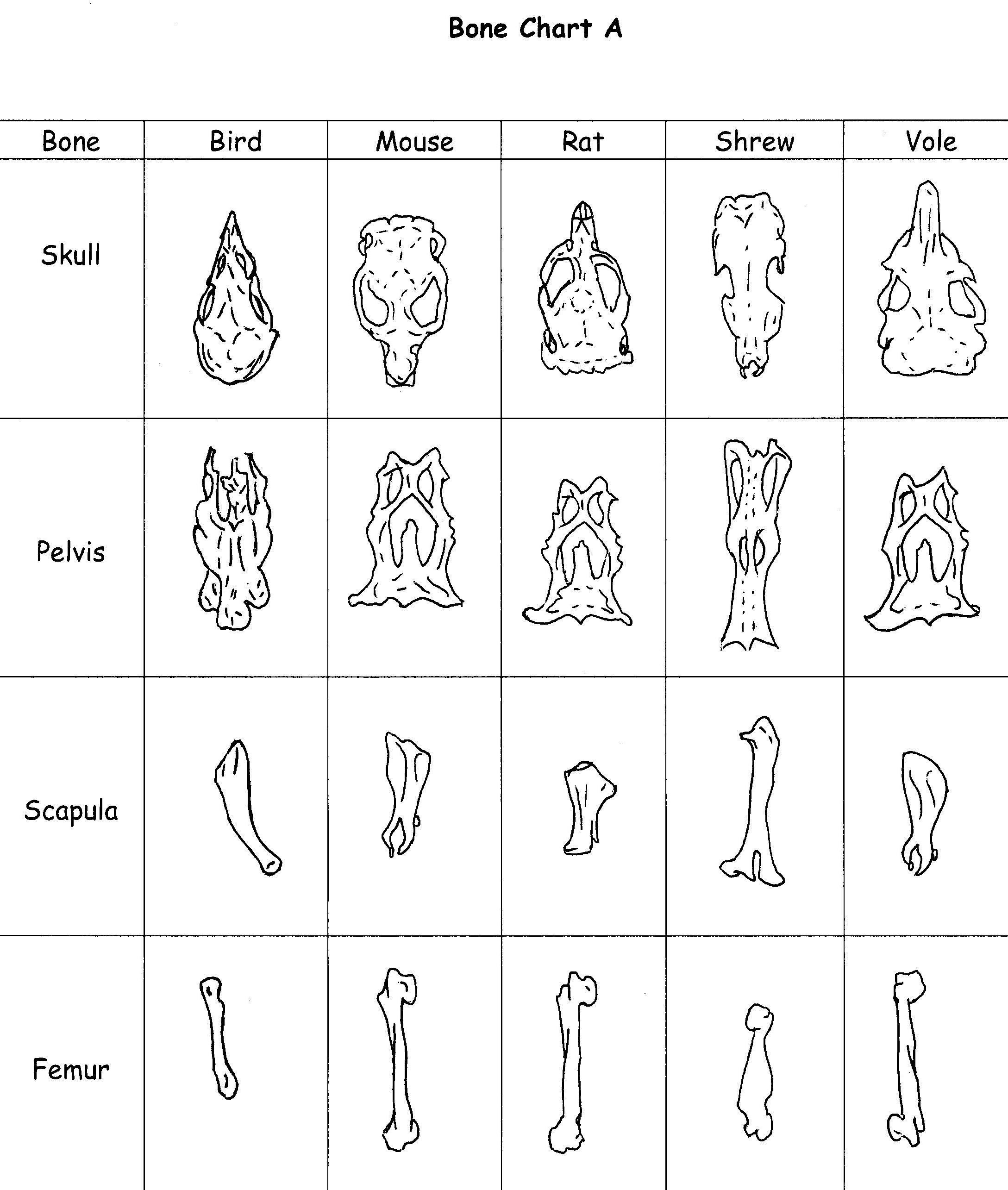STUDYING OWL PELLETS
Why Study Owl Pellets?
Owls are very often found at the top of their particular food chain and we know that they have a very significant part to play ecologically, but we still have a long way to go before we know their exact role and just how vital it is. Studying an Owl’s pellets can provide us with important information about all sorts of aspects such as prey and habitat.
What is an Owl Pellet?
Owls are carnivorous and eat a wide range of animals, including birds, voles, mice, rabbits, frogs and insects. Not having teeth, they will either eat their prey whole or tear it into large chunks with their sharp beaks. Once swallowed, the food travels down the owl’s oesophagus to the gizzard. Soft parts of the prey are then broken up by enzymes, but the hard bony components and other elements such as hair and feathers remain undigested. These are then ‘regurgitated’ or coughed up, as a pellet, before the owl can eat its next meal. Pellets are NOT droppings, as they do not pass through the intestine. They are usually quite soft to the touch and are odourless.
Pellet Dissection
Equipment
Thin rubber or surgical gloves - to ensure hygiene whilst handling pellets
Bone Identification Charts
Pen and card - for recording findings
Ruler – for measuring pellets
Tweezers and cocktail sticks (or similar) – for extracting bones from the fur
Magnifying glass – to help identify the bones
Small pot with water and a mild disinfectant in – for cleaning extracted items
Paper towels – for absorbing excess water
A shallow dish or newspaper - to dissect the pellet on
Strong glue – to attach bones to labelled card
Remember
ALWAYS wash your hands after handling owl pellets and their contents!
Looking at the Inside of an Owl Pellet
Pellets can be dissected when they are dry, but are sometimes a little stubborn. Often it helps just to soak them for about half an hour before-hand and then pat them dry with paper towels.
Write your name and the date on a clean piece of card
Using the tweezers and a cocktail stick, tease the pellets apart
With the tweezers, carefully remove anything you find, clean it up and dry it on a paper towel
Match each item you remove with the Bone Identification Chart
Stick the items you have found on to your clean piece of card, carefully labelling each part as you do so. Remember to write the name of the prey on the card, once you are sure what it is - you may need more than one piece of card, if you think you have found more than one type of prey!
There may be other things that you find inside your pellet, such as parts of insects or the quills of bird feathers. Make a note of these somewhere on your chart. All of these things can provide you with useful information.
Remember, all birds and animals have a preferred habitat and feeding habits, so finding out more about the owl’s prey will help you to discover more about the owl.
Now that you have dissected your pellet and carefully organised what you have found, see if you can answer the questions below.
What did this owl eat; did the pellet contain more than one type of prey?
Was this owl’s main prey Vegetarian?
Can you work out, from the type of prey, whether this owl hunts at night or during the day?
Does the type of prey give you any clues about where this owl hunts?
See if you can construct a food chain using all the information you have gathered. Where is the owl most likely to be in your food chain
Some things to think about
What would happen if one of the creatures in your food chain disappeared? What effect might it have on the other members of the food chain. What could happen to the local environment?
How might your food chain be affected if the local habitat was damaged or destroyed? Could this have any consequences outside of the local habitat?
Teacher Notes for Pellet Detectives
Dissecting pellets can be a wonderful hands-on way for children to learn about various facets of the wildlife in their immediate environment and also in the world at large.
Pellet dissection is a fascinating and informative science activity, which can prompt all sorts of discussion and investigation into varied aspects of nature, such as food chains and habitats. It can also lead to the exploration of much wider topics, including the conservation and care of local and global environments.
As with many such topics, the possibilities for expansion of the subject and the inclusion of other areas of the curriculum are boundless!
TEACHER NOTE DOWNLOADS
You can download a copy of these guidance notes HERE, complete with Bone Charts


